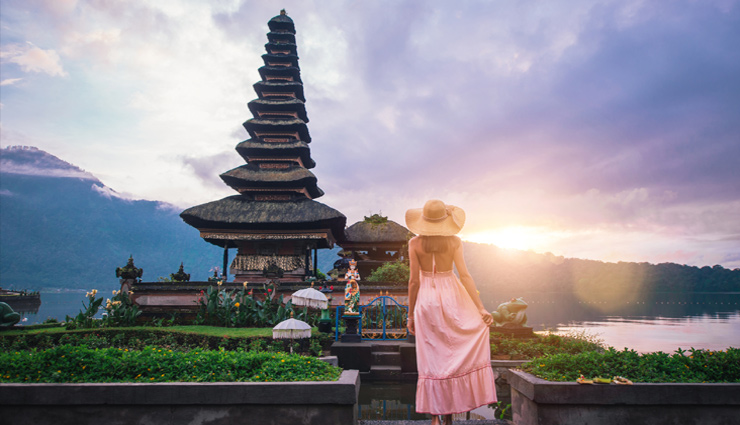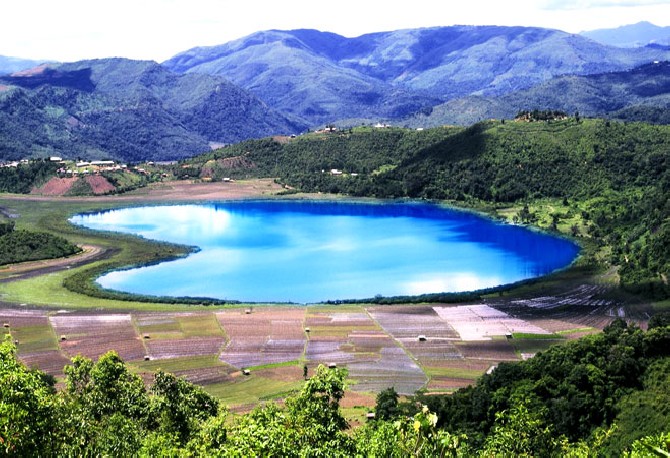If you are planning to visit a place where there are cultural attractions along with beautiful views of nature, then there can be no place more beautiful than Bali in Indonesia. Bali is an island nestled in the lap of nature, where the calm, green, and pollution-free environment will attract you every time. It is known all over the world for its unique Hindu culture, white-sand beaches, and nightlife. The air distance of Bali from Delhi is 6,800 kilometers and it takes about 8 hours to reach by flight. The most important thing is that you do not need to go to any office or embassy to get a visa to go to Bali. The facility of 'Visa on Arrival' is completely free for Indians. Just buy a ticket and set out to visit this beautiful island.

There is no direct flight to Bali, so one has to go there via Singapore or Kuala Lumpur. 85 percent of Bali's population is Hindu and it is a special island for Indians in terms of culture. There is no worry about food and drink. There are many restaurants where delicious Indian food is easily available. Of course, whether it is about spending time with family or having fun with children, nothing beats Bali.
The sound of water on different beaches located at some distance around Bali will make you experience amazing pleasure in this peaceful environment. After sleeping at night, you wake up in the morning with the sound of sea waves. There are many hotels on the seashore in Bali and amazing resorts have also been built in the forests for tourists to stay. The most special thing is that Bali has more than 80 percent Hindu population and the culture of India and Bali is also found to some extent.

The largest city in Bali is Denpasar near the southern coast, which is also its provincial capital. Its population is around 725,000 (2020). Bali's second-largest city is the old colonial capital, Singaraja, located on the northern coast and home to about 150,000 people in 2020. Other important cities include the beach resort, Kuta, which is practically part of Denpasar's urban area, and Ubud, the island's cultural center, located north of Denpasar.
To the east, the Lombok Strait separates Bali from Lombok and marks the biogeographical divide between the fauna of the Indomalayan realm and the distinct fauna of Australasia. This transition is known as the Wallace Line, named after Alfred Russel Wallace, who first proposed a transition zone between these two major biomes. When sea levels dropped during the Pleistocene ice ages, Bali was connected to Java Sumatra, and the mainland of Asia and shared Asian fauna, but the deep waters of the Lombok Strait continued to keep Lombok Island and the Lesser Sunda Islands isolated.
(PC: Lifeberrys)










